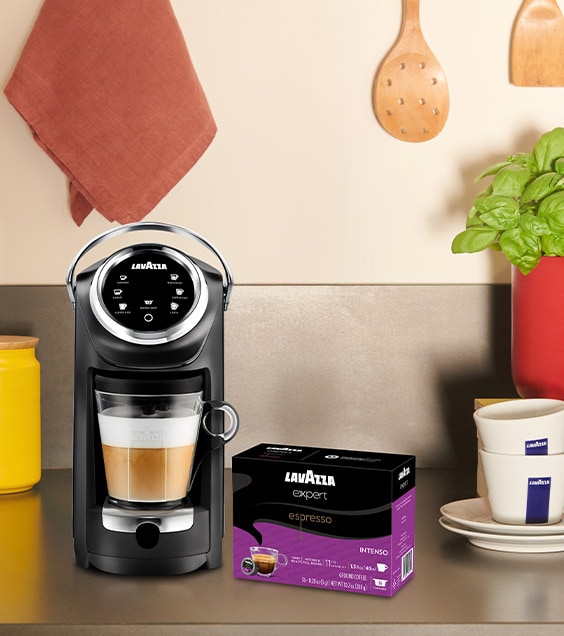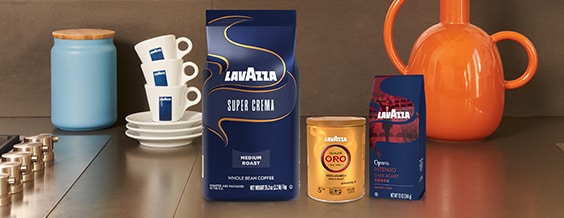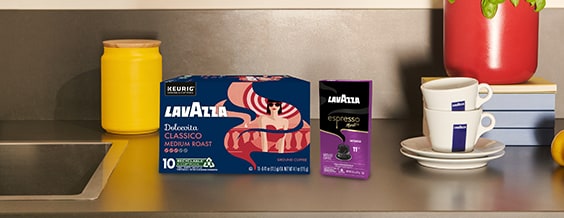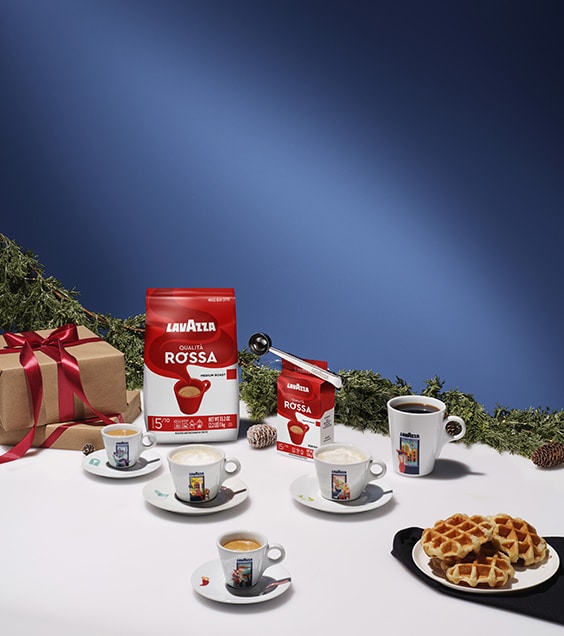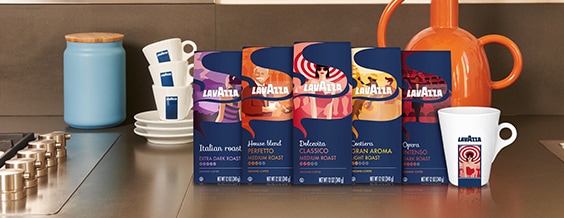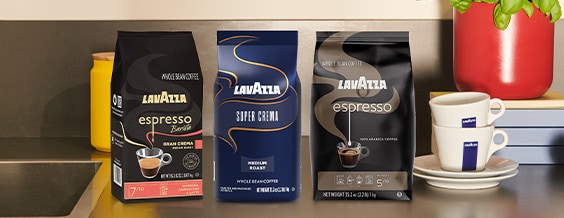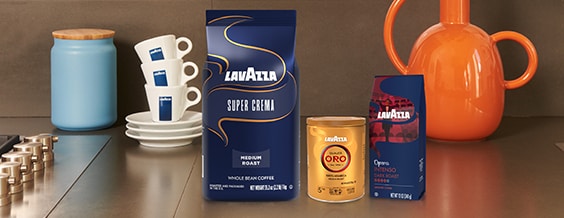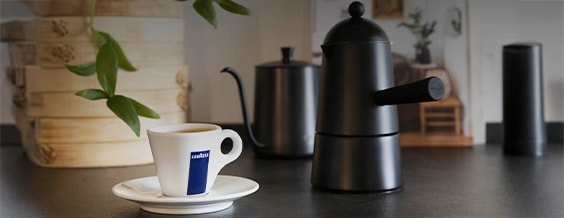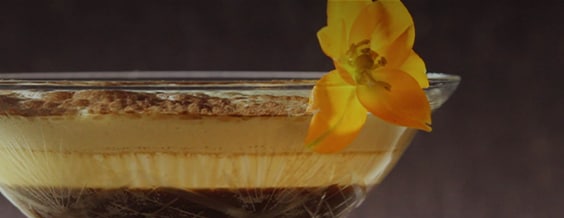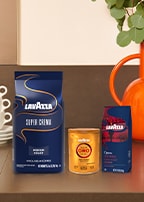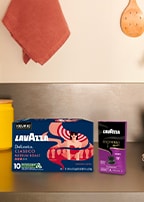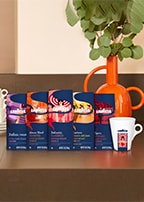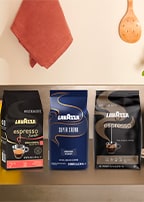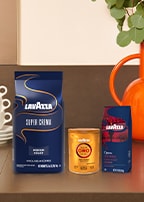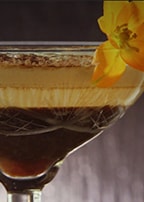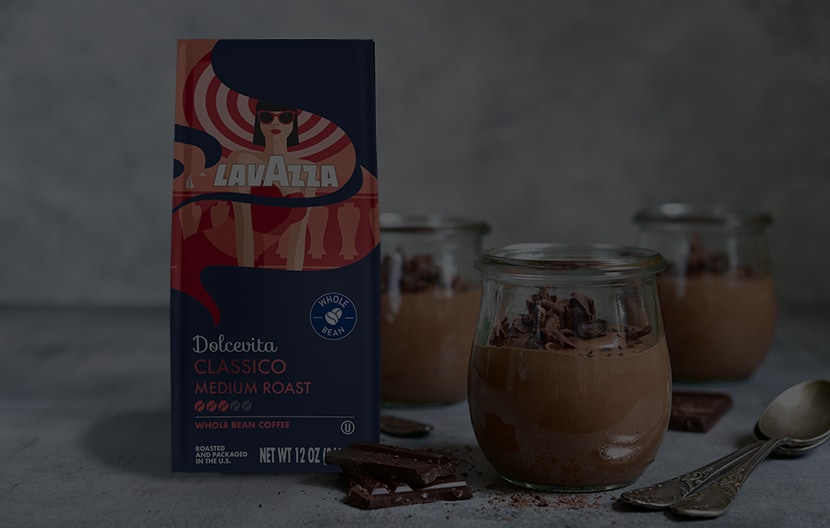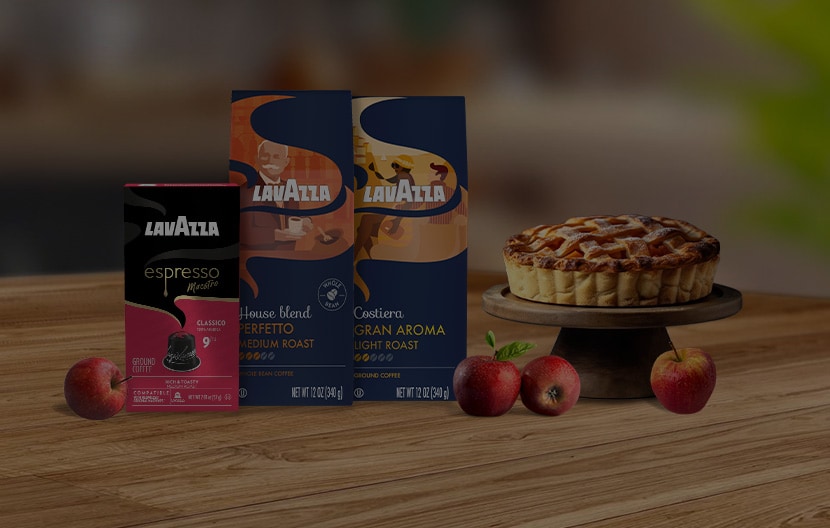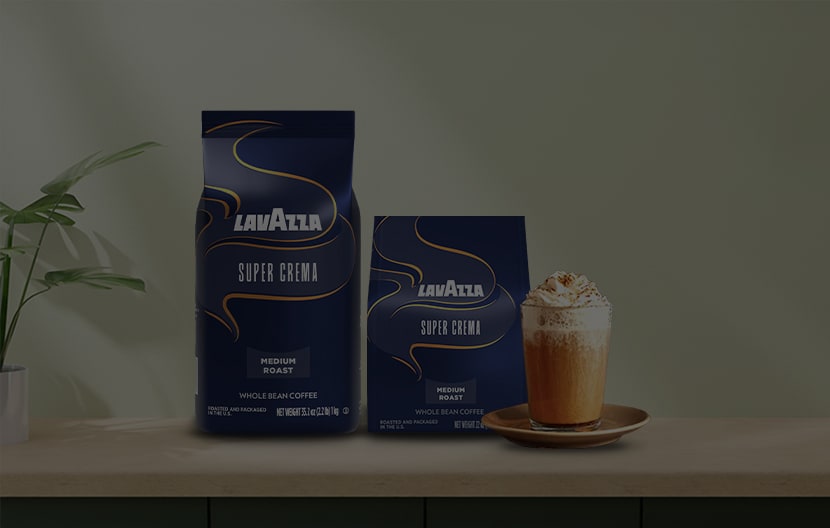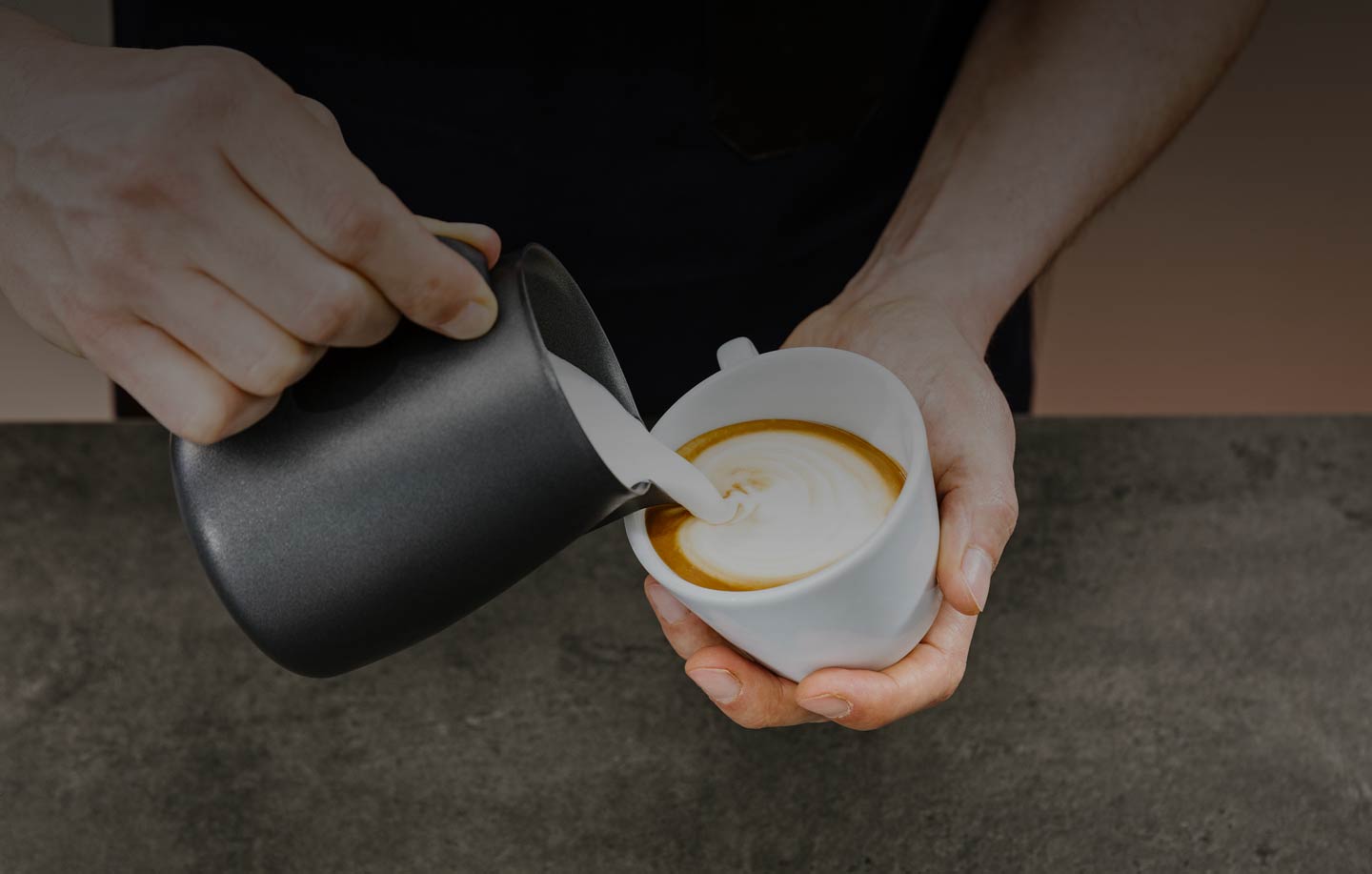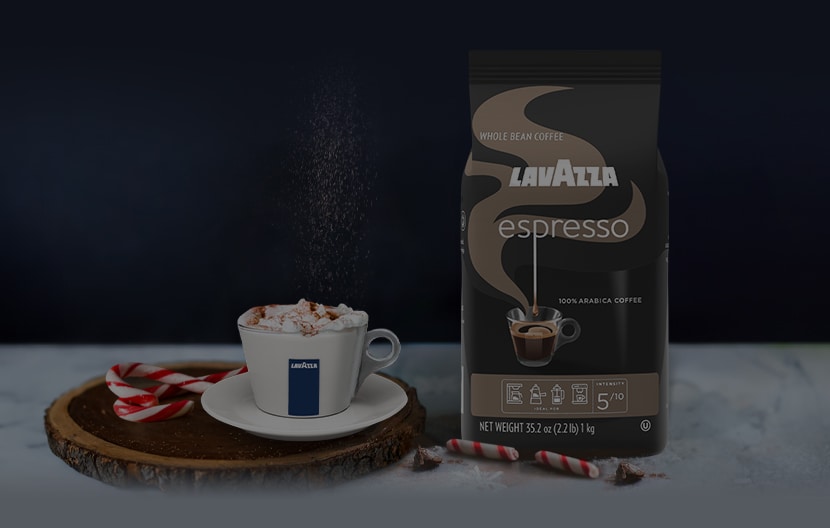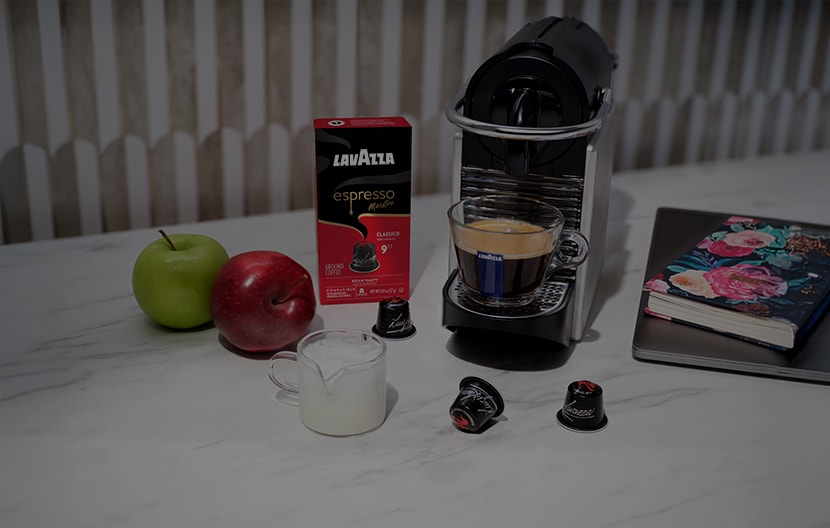*Lavazza is not affiliated with, endorsed or sponsored by Nespresso
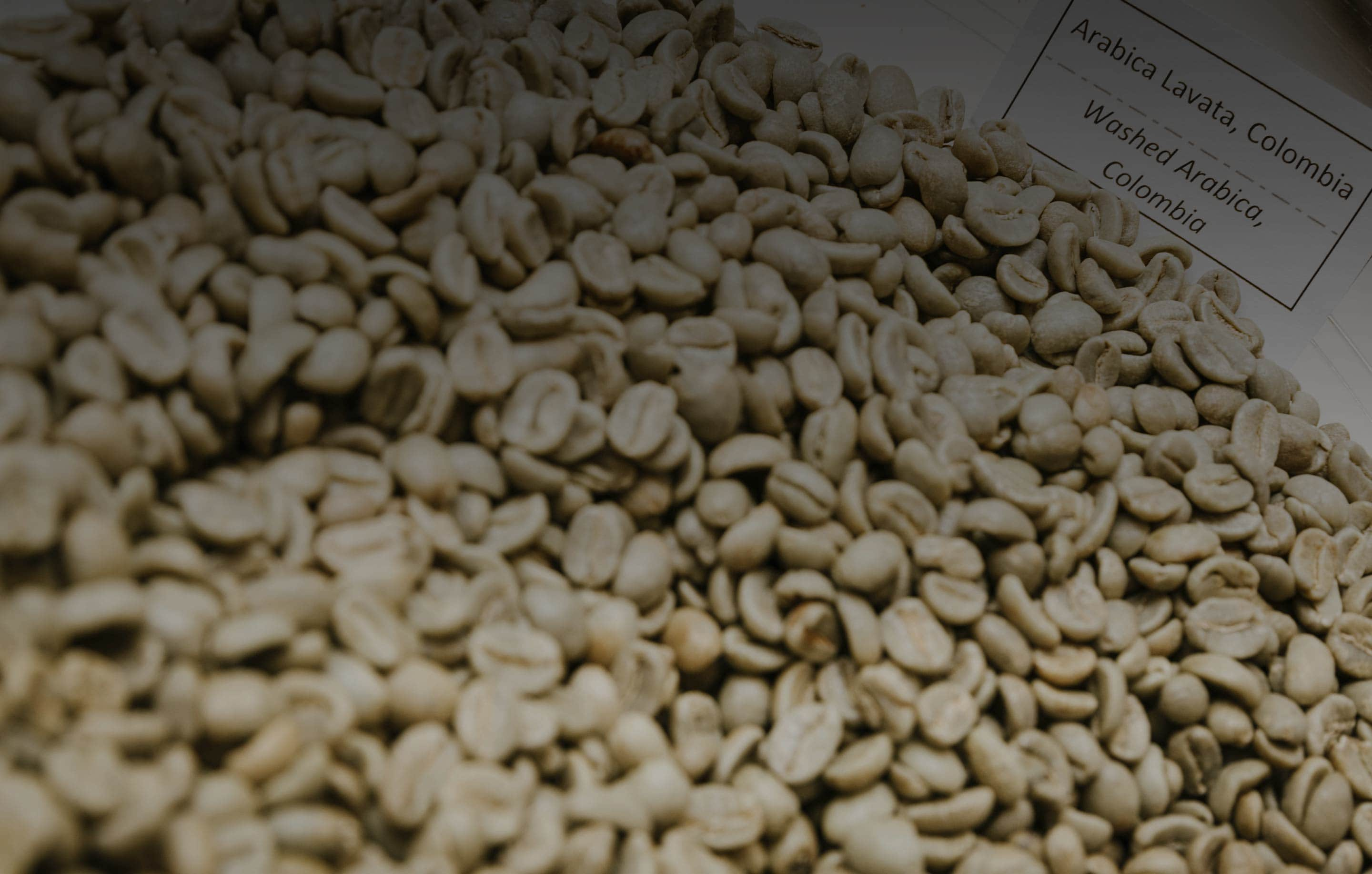
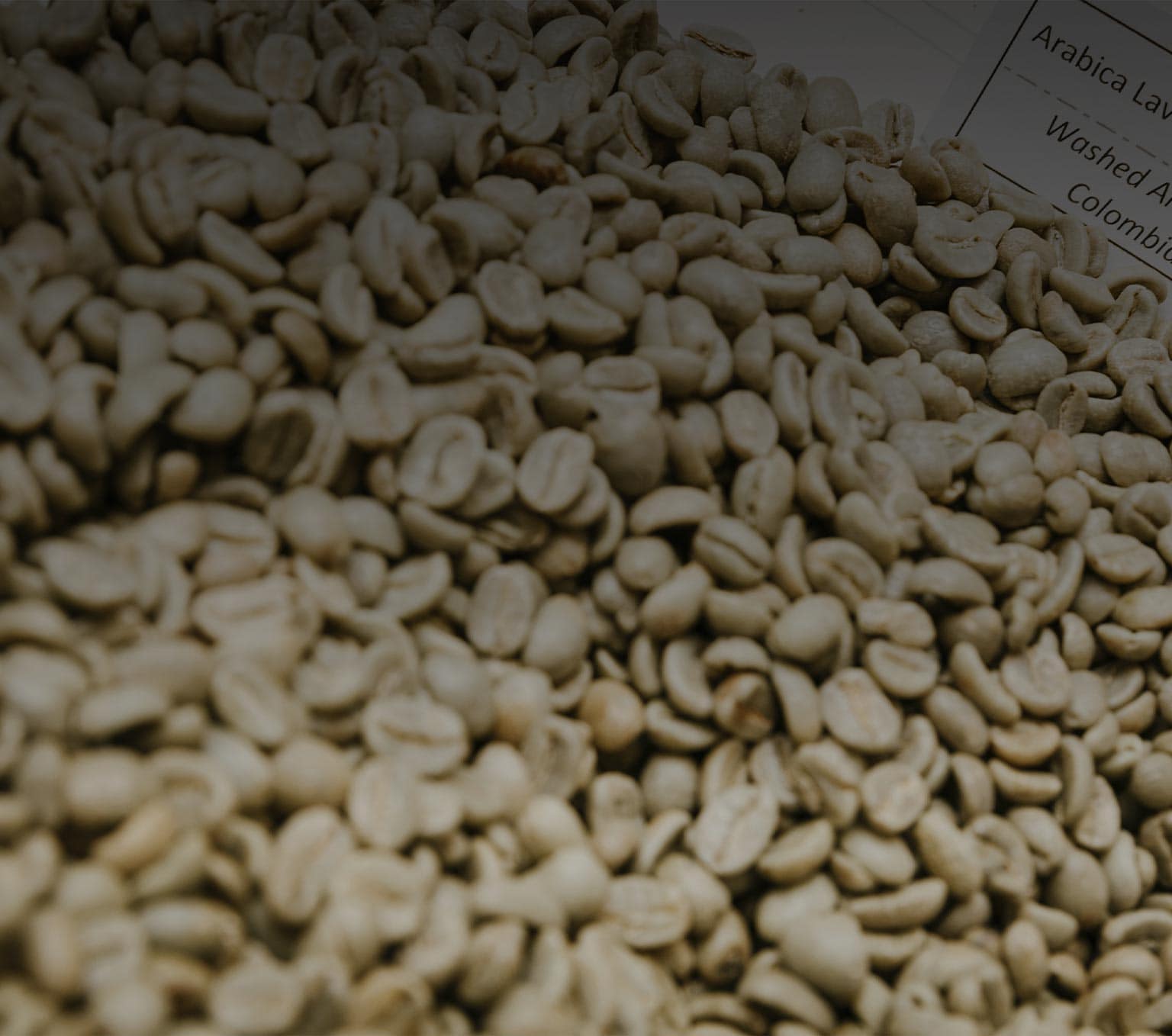
Coffee Arabica: what is the variety
If you are a coffee aficionado or even just a fan, it’s likely that you will have heard of the Arabica coffee blend. The Arabica species of bean is one of the most popular and highly regarded types of coffee in the world. But what is it about this particular blend that makes it so popular? To find out what is so special about Arabica coffee, keep on reading.
What is Arabica coffee?
Arabica coffee , scientifically known as Coffea arabica, is one of the two primary species of coffee cultivated for consumption, the other being Robusta. Dating back to 1000 B.C., it originates from the Kingdom of Kefa, located in nowadays Ethiopia, Sub-Saharan Africa. Arabica coffee accounts for about 60% of the world’s coffee production and the beans are known for their smooth, complex flavors and are often used in premium coffee blends.
The common consensus is that Arabica plants first grew in Ethiopia, and the Arabica bean remains one of the country’s biggest exports today. In the 7th century, the Arabica beans were brought from Ethiopia to what was then called Arabia, which is where the original name of ‘Arabian’ came from. From then, Coffee arabica was cultivated in Arabia for domestic consumption, and the coffee it produced became a popular social beverage , mainly as an alternative to alcoholic drinks, which are forbidden for Muslims.
After the invasion of the Turks occurred in 1583, coffee beans spread to the Egyptian civilization and later across the European powers of that time. Arabica is now considered worldwide as the most popular and consumed coffee bean.
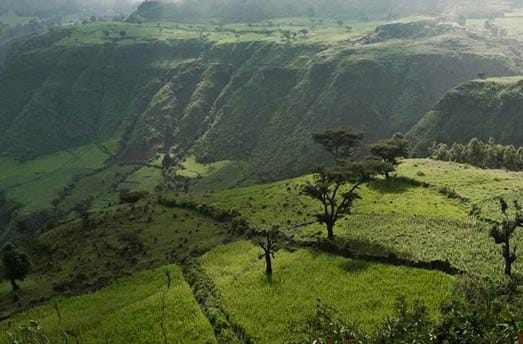
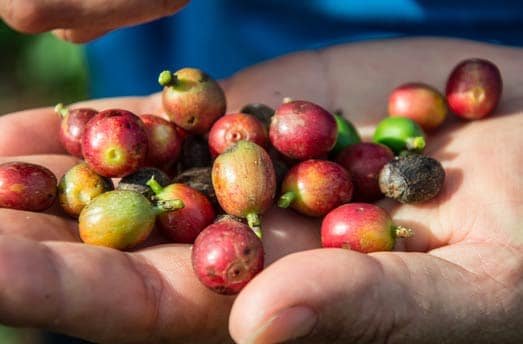
What Are Arabica Beans?
Arabica beans are distinct in their shape and aromatic profile. They are generally oval with a curved crease on one side. These beans are delicate and require specific growing conditions, such as higher altitudes, between 600 and 2000 meters (about 1.24 mi), adequate rainfall, and moderate temperatures to thrive. This sensitivity to the environment contributes to their nuanced flavor, which can range from sweet and tangy to fruity and floral.
This is why Arabica coffee grows all along the tropical Equatorial strip. Hence, it is no surprise if its biggest producers are located in Central and South America and in several African and Asian territories.
Why Arabica Coffee is so Distinct
What is so special about Arabica coffee? What characterizes its distinctive, unique taste from the other varieties of coffee? Why is it generally more expensive and perceived as high-quality? First of all, this variety of coffee bean is prized for its unique characteristics, like its nuanced flavor profile and lower caffeine content compared with other varieties of coffee. The cultivation process of Arabica coffee requires specific climatic conditions - cooler temperatures, higher altitudes and plenty of rainfall - which contribute to its superior quality. Arabica coffee is also less bitter than other varieties, making it more palatable.
Another factor among those making Arabica coffee more desirable and prestigious when compared to the other types is properly linked to its fewer hardy plants, a feature which makes them more expensive to source. They are also more susceptible to pests and – as already mentioned - need specific climactic conditions, including low acidity soils, regular and distributed rainfall throughout the year, and an average temperature of around 68°F.
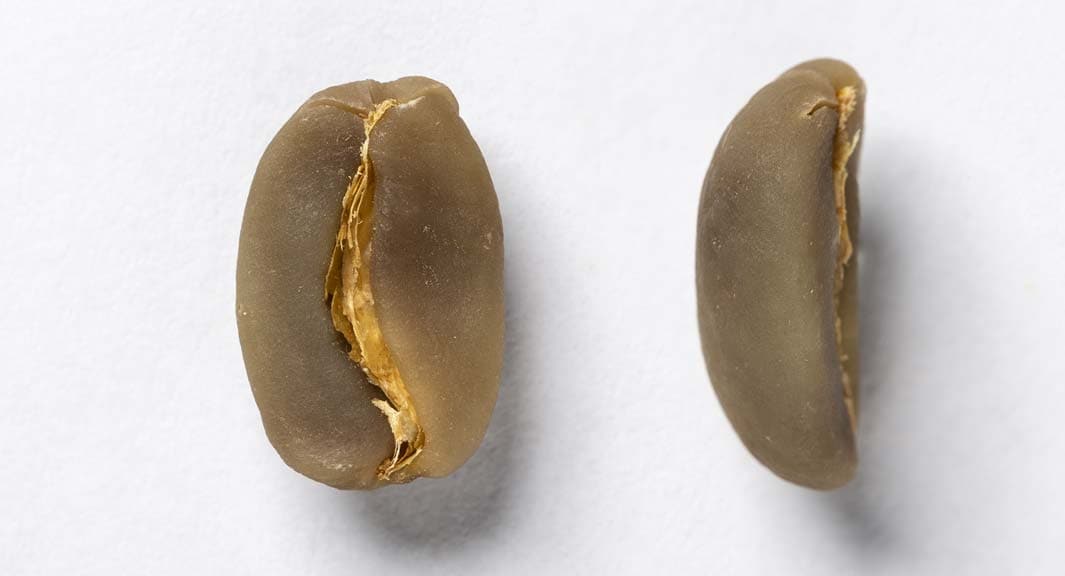
Arabica Coffee Blends
Most coffee blends are made by using either Arabica or Robusta, and most of the time combining them in a mixture based on different varying ratios.
In order to craft the perfect blend of Arabica coffee , it all comes down to the roasting and the quality of beans used. The best Arabica blend should combine beans from different regions, each contributing its unique characteristics to the final product.
For example, a high-quality Arabica blend may combine beans from Ethiopia for their fruity and floral notes with beans from Colombia for their balanced acidity and sweetness, and beans from Brazil for their nutty, chocolatey undertones.
Blending also allows roasters to highlight and balance the strengths of different beans, creating a consistent and well-rounded cup of coffee. The process involves meticulous testing and tasting to ensure that each blend meets the desired flavor profile, offering a unique experience with every sip.
